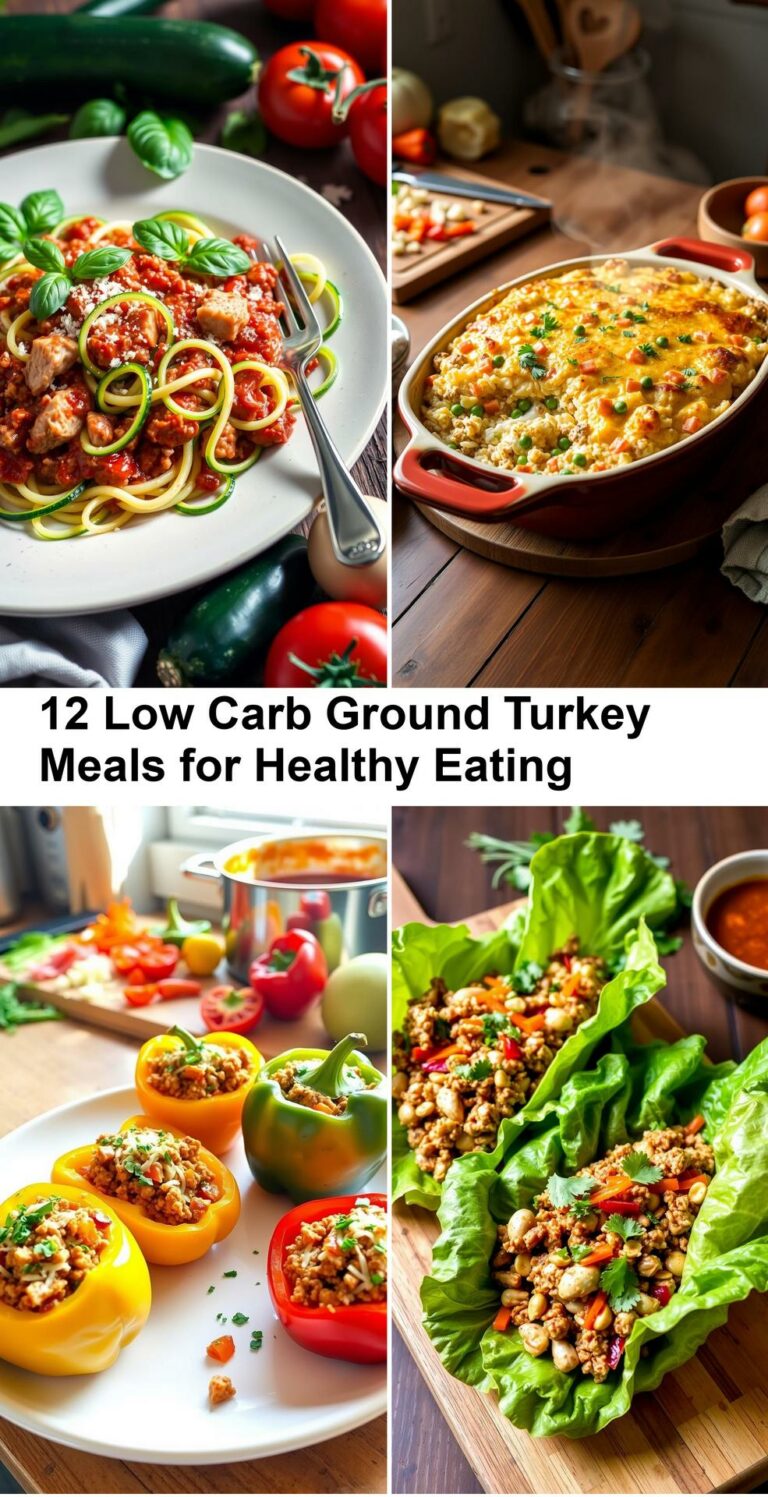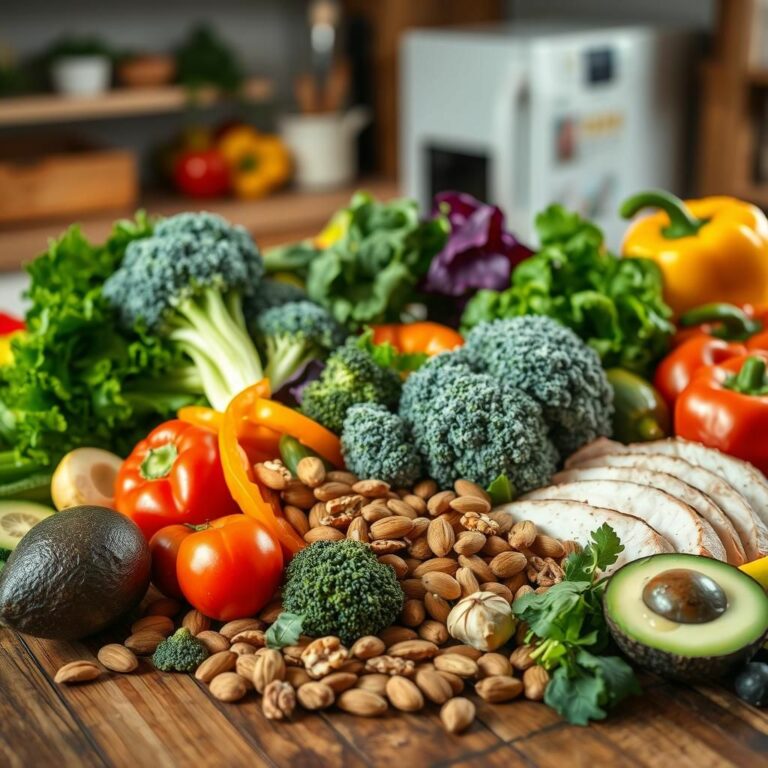Keto for Women: Your Ultimate Guide
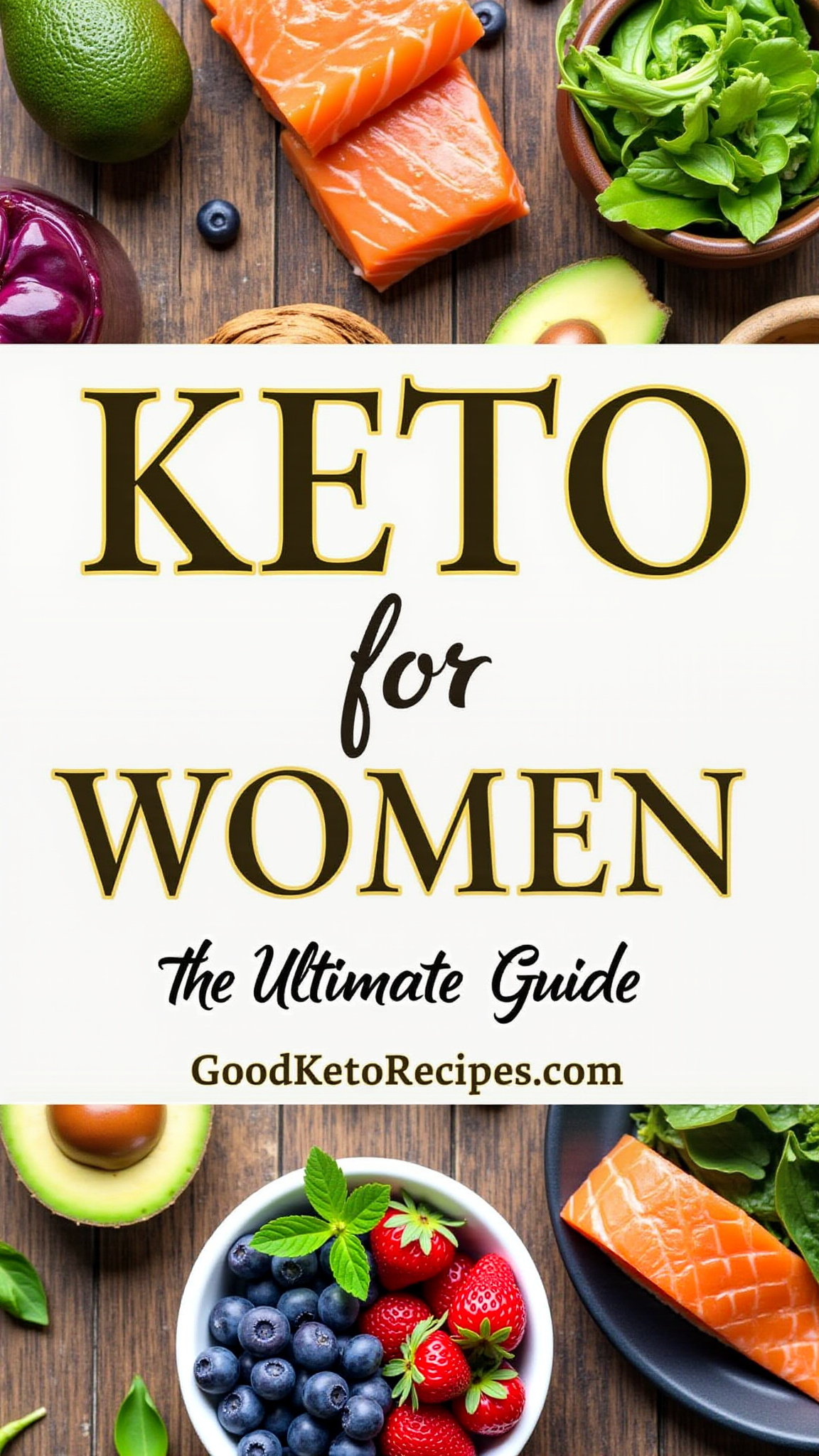
The ketogenic diet, or keto, has surged in popularity as a weight loss and health management tool. While effective for many, women often have unique considerations when embarking on a keto journey. This comprehensive guide explores how women can leverage the keto diet safely and effectively, addressing hormonal nuances, nutritional needs, and common challenges.
Understanding the Keto Diet
The ketogenic diet is a high-fat, very low-carbohydrate, and moderate-protein diet. By drastically reducing carbohydrate intake, the body shifts its primary fuel source from glucose (from carbs) to ketones, which are produced from fat. This metabolic state is called ketosis.
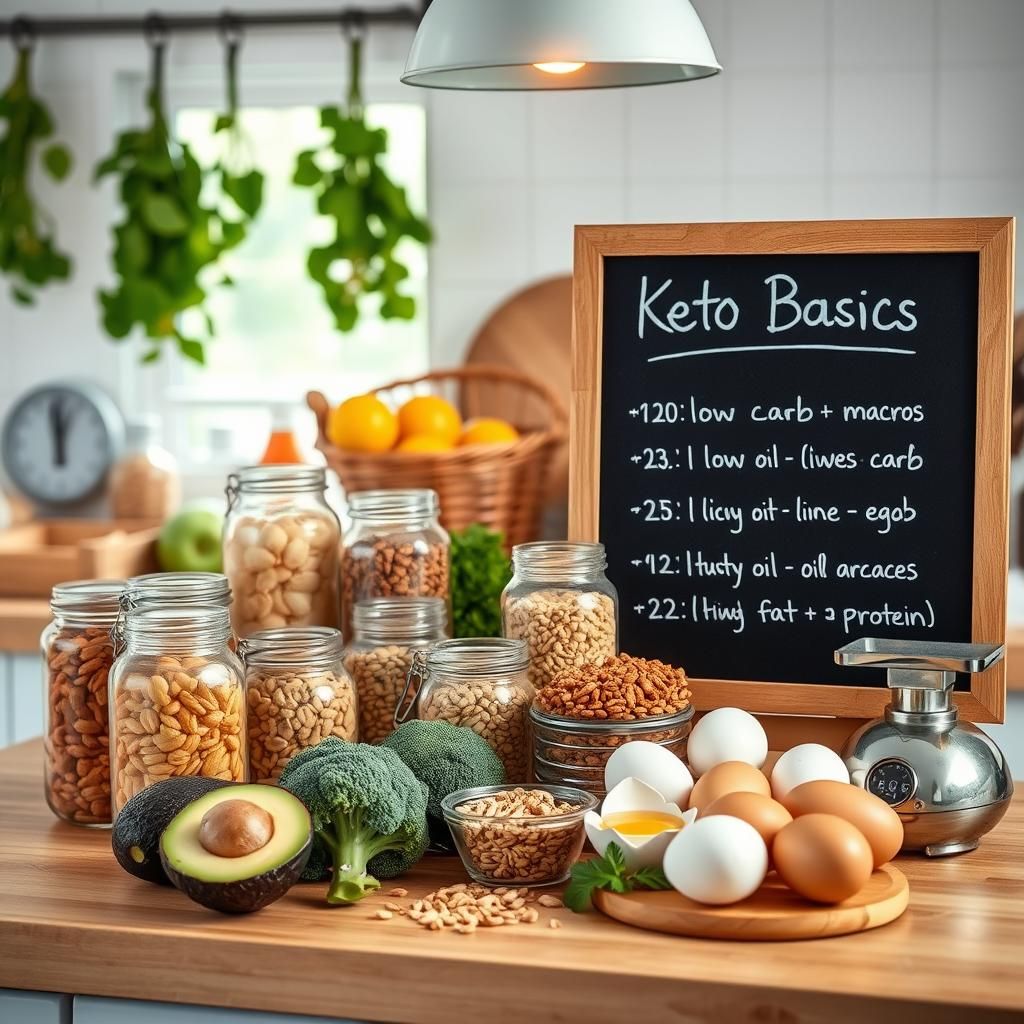
How Ketosis Works
When carbohydrate intake is restricted, the body depletes its glycogen (stored glucose) reserves. The liver then begins to break down fat into fatty acids and ketones. These ketones, including acetoacetate, beta-hydroxybutyrate (BHB), and acetone, become the body’s primary energy source.

The Standard Keto Macronutrient Ratio
A typical ketogenic diet consists of:
- 70-80% of calories from fat: This includes saturated, monounsaturated, and polyunsaturated fats.
- 20-25% of calories from protein: Choose high-quality protein sources.
- 5-10% of calories from carbohydrates: This usually translates to 20-50 grams of net carbs per day.
Benefits of the Keto Diet
The ketogenic diet offers several potential benefits, including:
- Weight Loss: By promoting fat burning and reducing hunger, keto can be an effective weight loss tool. Studies show that ketogenic diets can lead to greater short-term weight loss compared to low-fat diets.
- Improved Blood Sugar Control: Keto can help stabilize blood sugar levels and improve insulin sensitivity, making it beneficial for individuals with type 2 diabetes or insulin resistance.
- Reduced Seizures: The keto diet has been used for decades to manage epilepsy, particularly in children who don’t respond to medication.
- Potential Brain Health Benefits: Emerging research suggests keto may have neuroprotective effects and could be beneficial for conditions like Alzheimer’s disease and Parkinson’s disease.
- Improved Cholesterol Levels: While the impact on cholesterol can vary, some studies have shown that keto can increase HDL (good) cholesterol and lower triglycerides.
Keto for Women: Addressing Unique Considerations
While the fundamental principles of keto remain the same for everyone, women often face unique challenges and require specific considerations due to hormonal fluctuations, metabolic differences, and life stages.
Hormonal Balance and Keto
Hormones play a crucial role in women’s health, influencing everything from metabolism and mood to reproductive function. The keto diet can impact hormonal balance, and it’s essential to understand these potential effects.
- Menstrual Cycle Irregularities: Some women experience changes in their menstrual cycle, including irregular periods or amenorrhea (absence of periods), when starting keto. This can be due to the body adapting to a new metabolic state and hormonal shifts.
- Thyroid Function: The keto diet can affect thyroid hormone levels in some individuals. It’s crucial to monitor thyroid function, especially for women with pre-existing thyroid conditions.
- Stress Hormones: The stress of adapting to a new diet can elevate cortisol levels, potentially leading to weight gain, sleep disturbances, and other health issues. Managing stress through adequate sleep, relaxation techniques, and mindful eating is crucial.
Nutritional Needs for Women on Keto
Women have specific nutritional needs that must be met while following a ketogenic diet. Focusing on nutrient-dense foods is essential to prevent deficiencies and support overall health.
- Iron: Women are at a higher risk of iron deficiency, particularly during menstruation. Include iron-rich foods like leafy greens, red meat (in moderation), and fortified keto-friendly foods. Consider iron supplementation if needed, under the guidance of a healthcare professional.
- Calcium: Calcium is crucial for bone health, especially for women. Incorporate calcium-rich foods like dairy (if tolerated), leafy greens, and fortified plant-based milks.
- Vitamin D: Vitamin D plays a vital role in calcium absorption and overall health. Many women are deficient in vitamin D. Supplementation is often recommended, especially during winter months or for those with limited sun exposure.
- Folate: Folate is essential for cell growth and development, particularly important for women of childbearing age. Include folate-rich foods like leafy greens, avocados, and broccoli.
- Omega-3 Fatty Acids: Omega-3s are crucial for brain health, heart health, and reducing inflammation. Include fatty fish like salmon, mackerel, and sardines in your diet, or consider taking an omega-3 supplement.
Life Stages and Keto
A woman’s life stage can influence how she responds to and benefits from the keto diet.
- Reproductive Years: During reproductive years, hormonal balance is particularly important. Monitor menstrual cycles and adjust the diet as needed. Ensure adequate intake of essential nutrients like folate, iron, and calcium.
- Pregnancy and Breastfeeding: The keto diet is generally not recommended during pregnancy or breastfeeding due to the potential impact on fetal development and milk production. Consult with a healthcare professional for personalized advice.
- Menopause: Menopause brings significant hormonal changes. The keto diet may help manage weight gain, improve insulin sensitivity, and reduce hot flashes. However, it’s crucial to monitor bone health and ensure adequate calcium and vitamin D intake.
Getting Started with Keto: A Step-by-Step Guide
Starting the keto diet can seem daunting, but with careful planning and preparation, it can be a smooth and successful transition.
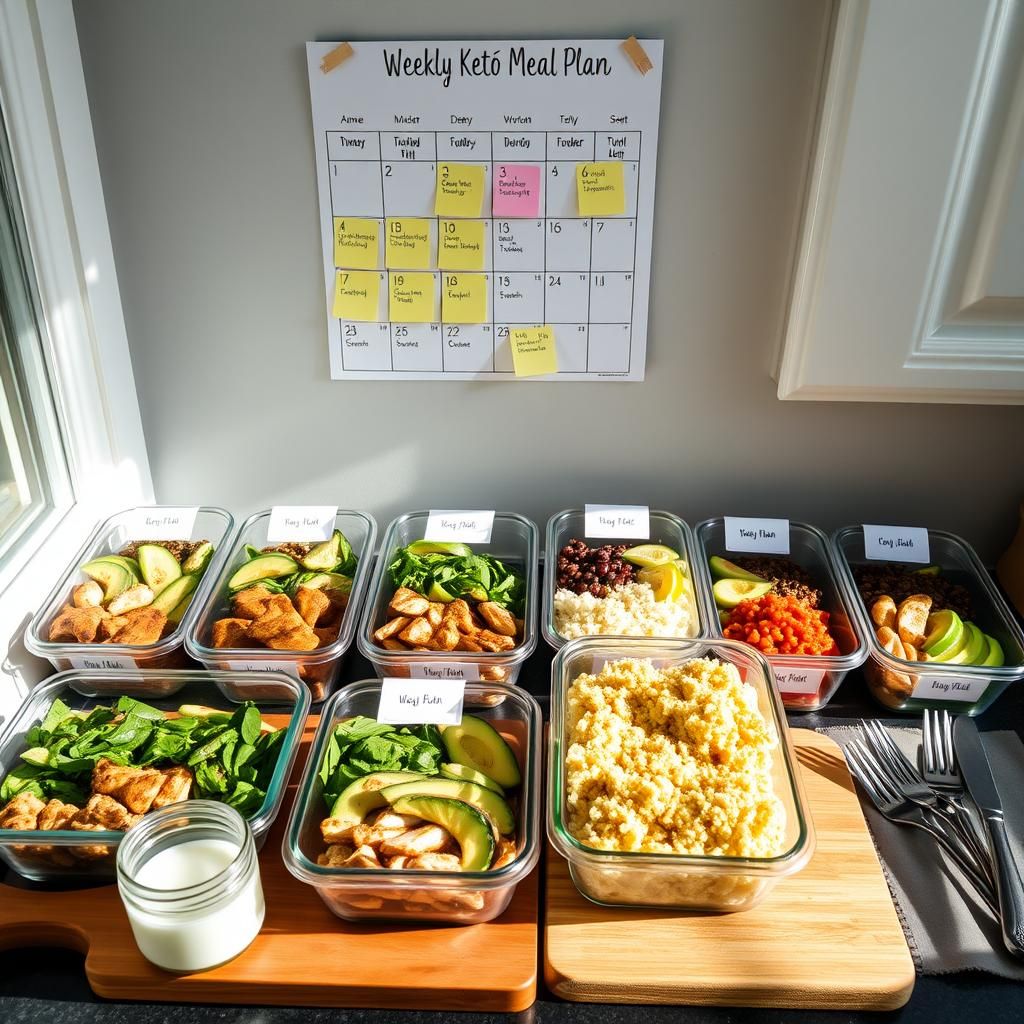
Step 1: Calculate Your Macros
Determining your macronutrient ratios is the foundation of a successful keto diet. Use an online keto calculator to estimate your daily calorie, fat, protein, and carbohydrate needs. These calculators typically take into account your age, gender, activity level, and weight loss goals.
Step 2: Plan Your Meals
Meal planning is crucial for staying on track with keto. Plan your meals for the week, focusing on keto-friendly foods that you enjoy. This will help you avoid impulsive eating and ensure you’re meeting your macronutrient goals.
Step 3: Stock Your Kitchen
Stock your pantry and refrigerator with keto-friendly foods to make meal preparation easier. This includes:
- Healthy Fats: Avocado, olive oil, coconut oil, butter, nuts, and seeds.
- Protein Sources: Meat, poultry, fish, eggs, tofu, and tempeh.
- Low-Carb Vegetables: Leafy greens, broccoli, cauliflower, asparagus, and zucchini.
- Dairy (if tolerated): Cheese, heavy cream, and full-fat yogurt.
Step 4: Track Your Progress
![]()
Tracking your food intake and progress is essential for monitoring your success and making adjustments as needed. Use a food tracking app or journal to record your meals, macronutrient intake, and weight.
Step 5: Monitor Your Ketone Levels
Monitoring ketone levels can help you determine if you’re in ketosis. There are several methods for measuring ketones:
- Urine Ketone Strips: These are the most affordable and convenient option, but they can be less accurate.
- Blood Ketone Meter: This is the most accurate method, but it requires a blood sample and a meter.
- Breath Ketone Analyzer: This method measures acetone levels in the breath and is relatively accurate.
Step 6: Stay Hydrated

Staying hydrated is crucial on the keto diet, as the body loses more water in ketosis. Aim to drink at least 8-10 glasses of water per day.
Step 7: Manage Electrolytes
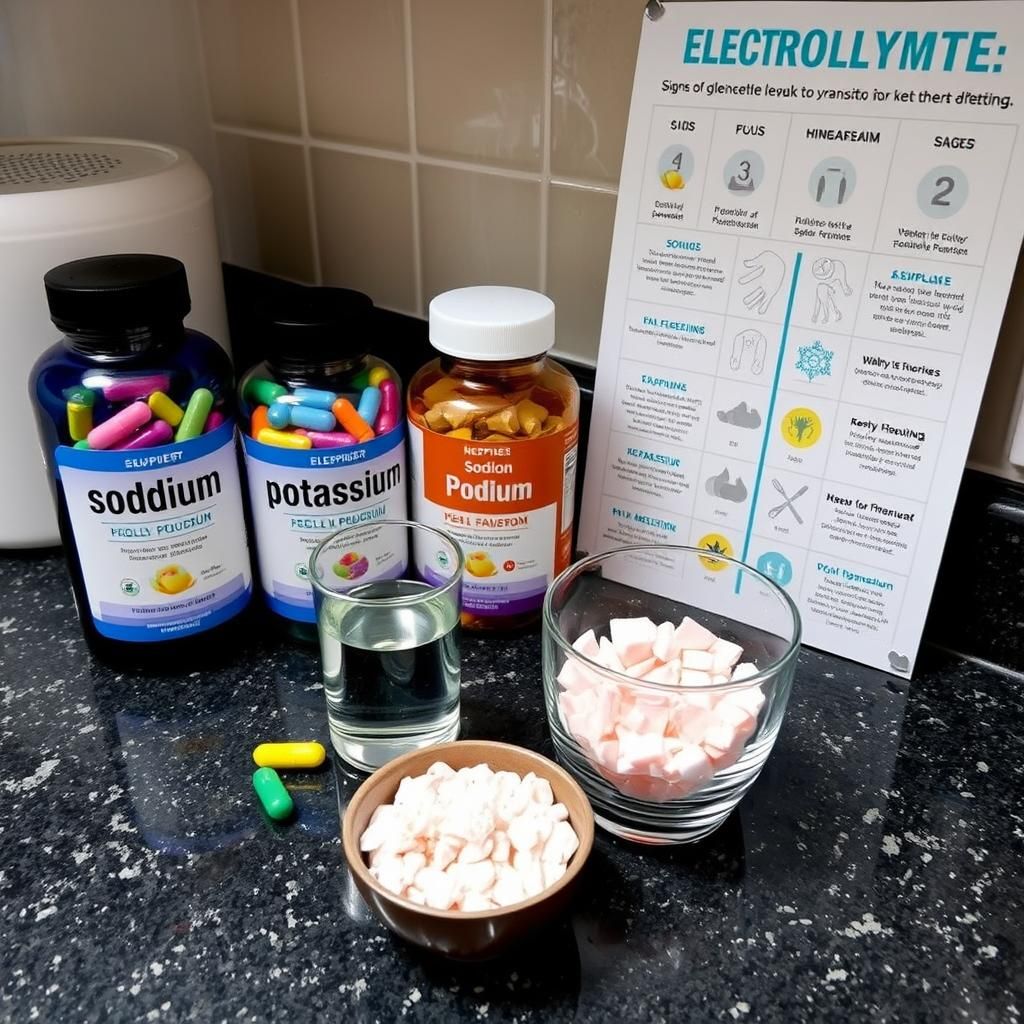
The keto diet can lead to electrolyte imbalances, particularly sodium, potassium, and magnesium. Supplementing with electrolytes can help prevent symptoms like fatigue, headaches, and muscle cramps.
Step 8: Be Patient and Persistent
It takes time for the body to adapt to the keto diet. Be patient and persistent, and don’t get discouraged if you don’t see results immediately.
Keto-Friendly Foods: What to Eat and Avoid
Knowing which foods are keto-friendly and which to avoid is crucial for success.
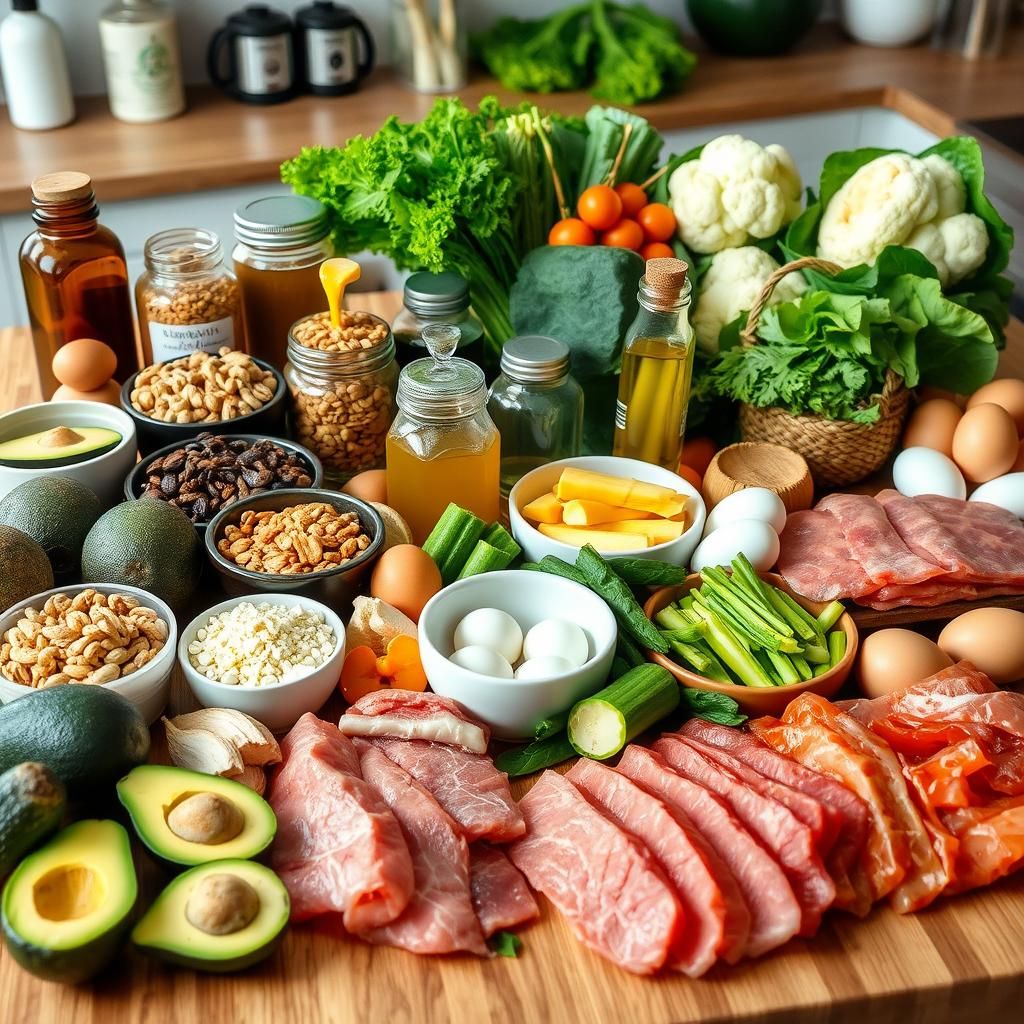
Foods to Eat on Keto
- Healthy Fats: Avocado, olive oil, coconut oil, butter, ghee, MCT oil, nuts, and seeds (chia seeds, flax seeds, sunflower seeds).
- Protein Sources: Beef, chicken, pork, lamb, fish (salmon, tuna, mackerel), eggs, tofu, tempeh, and protein powder (whey, casein, soy, pea).
- Low-Carb Vegetables: Leafy greens (spinach, kale, lettuce), broccoli, cauliflower, asparagus, zucchini, bell peppers, mushrooms, and avocados.
- Dairy (if tolerated): Cheese (cheddar, mozzarella, cream cheese), heavy cream, and full-fat yogurt (plain).
- Berries (in moderation): Strawberries, blueberries, raspberries, and blackberries.
- Sweeteners (in moderation): Stevia, erythritol, monk fruit, and xylitol.
Foods to Avoid on Keto
- Grains: Wheat, rice, corn, oats, barley, and products made from these grains (bread, pasta, cereal).
- Sugary Foods: Candy, cookies, cakes, pastries, ice cream, and sweetened beverages.
- Starchy Vegetables: Potatoes, sweet potatoes, corn, peas, and beans.
- Fruits (high-carb): Bananas, grapes, mangoes, and oranges.
- Legumes: Beans, lentils, and peas.
- Processed Foods: Many processed foods are high in carbohydrates and unhealthy fats.
- Sugary Drinks: Soda, juice, and sweetened tea.
Potential Side Effects and How to Manage Them
The keto diet can cause some side effects, particularly during the initial adaptation period. These side effects are often referred to as the “keto flu.”

The Keto Flu
The keto flu is a collection of symptoms that can occur when the body transitions from using glucose to ketones for fuel. These symptoms can include:
- Headache
- Fatigue
- Nausea
- Irritability
- Muscle Cramps
- Constipation
Managing the Keto Flu
- Stay Hydrated: Drink plenty of water to help flush out toxins and prevent dehydration.
- Replenish Electrolytes: Supplement with sodium, potassium, and magnesium to prevent electrolyte imbalances.
- Increase Fat Intake: Ensure you’re consuming enough healthy fats to provide your body with energy.
- Get Enough Sleep: Aim for 7-8 hours of sleep per night to support recovery and reduce stress.
- Take it Slow: Gradually reduce your carbohydrate intake to ease the transition into ketosis.
Other Potential Side Effects
- Constipation: Increase your fiber intake by consuming leafy greens, chia seeds, and flax seeds.
- Diarrhea: This can be caused by increased fat intake or artificial sweeteners. Adjust your diet as needed.
- Kidney Stones: The keto diet may increase the risk of kidney stones in some individuals. Stay hydrated and consult with a healthcare professional.
- Nutrient Deficiencies: Focus on nutrient-dense foods and consider supplementation to prevent deficiencies.
Tips for Success on Keto for Women
Here are some additional tips to help women succeed on the keto diet:
- Listen to Your Body: Pay attention to how your body responds to the keto diet and make adjustments as needed.
- Don’t Be Afraid to Experiment: Experiment with different keto-friendly foods and recipes to find what you enjoy.
- Find a Support System: Connect with other women who are following the keto diet for support and motivation.
- Focus on Whole Foods: Prioritize whole, unprocessed foods over processed keto products.
- Manage Stress: Practice stress-reducing activities like yoga, meditation, or spending time in nature.
- Get Enough Sleep: Aim for 7-8 hours of sleep per night to support hormonal balance and overall health.
- Be Patient: It takes time to see results on the keto diet. Be patient and persistent, and celebrate your successes along the way.
- Consult with a Healthcare Professional: Before starting the keto diet, especially if you have any underlying health conditions, consult with a healthcare professional or registered dietitian.
Keto Recipes for Women
Here are a few simple and delicious keto recipes to get you started:
Keto Breakfast: Scrambled Eggs with Avocado and Spinach
Ingredients:
- 2 eggs
- 1/4 avocado, sliced
- 1 cup spinach
- 1 tablespoon butter or coconut oil
- Salt and pepper to taste
Instructions:
- Melt butter or coconut oil in a skillet over medium heat.
- Add spinach and cook until wilted.
- Whisk eggs with salt and pepper.
- Pour eggs into the skillet and scramble until cooked through.
- Top with sliced avocado.
Keto Lunch: Tuna Salad Lettuce Wraps
Ingredients:
- 1 can tuna, drained
- 2 tablespoons mayonnaise
- 1 tablespoon celery, chopped
- 1 tablespoon red onion, chopped
- Lettuce leaves
- Salt and pepper to taste
Instructions:
- In a bowl, combine tuna, mayonnaise, celery, and red onion.
- Season with salt and pepper.
- Spoon tuna salad into lettuce leaves and enjoy.
Keto Dinner: Baked Salmon with Asparagus
Ingredients:
- 4 oz salmon fillet
- 1 cup asparagus
- 1 tablespoon olive oil
- Lemon slices
- Salt and pepper to taste
Instructions:
- Preheat oven to 400°F (200°C).
- Place salmon and asparagus on a baking sheet.
- Drizzle with olive oil and season with salt and pepper.
- Top salmon with lemon slices.
- Bake for 12-15 minutes, or until salmon is cooked through.

Achieving a Better You is Possible!
The ketogenic diet can be a powerful tool for weight loss and improving overall health, particularly for women. By understanding the unique considerations and potential challenges, women can leverage the keto diet safely and effectively. Focus on nutrient-dense foods, manage electrolyte imbalances, listen to your body, and consult with a healthcare professional for personalized guidance. With careful planning and persistence, the keto diet can be a sustainable and beneficial lifestyle choice for women.

Check Out This
Affiliate Link Disclosure: Some of the links in this post are affiliate links. This means that if you click on the link and make a purchase, I may receive a small commission at no extra cost to you. I only recommend products or services that I personally use and believe will be valuable to my readers.




